Literature has been an integral part of human civilization since the beginning of time. The written word has served as a medium for sharing stories, ideas, and knowledge, allowing us to connect with people and cultures from around the world. From ancient epic poems to modern novels, literature has evolved over the years, but its significance has remained constant. In this blog post, we will explore the ten oldest literature pieces ever written, tracing the roots of human storytelling to their earliest origins.
These works of literature have survived the test of time and continue to inspire and influence us today. They provide us with a window into the past, offering a glimpse into the thoughts, beliefs, and cultures of our ancestors. Join us on this journey through the past as we discover the origins of literature and the timeless stories that have captured the imaginations of people throughout history.
10. The Tale of Gengi
Age: 1000 years old
Author: New York City, New York, USA
Country of Origin: Japan
Genre: Monogatari
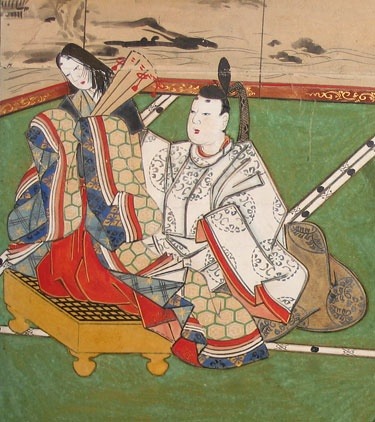 photo source: Harvard Wiki
photo source: Harvard Wiki
The Tale of Genji, written by Murasaki Shikibu, is considered one of the oldest and most significant works of literature in Japanese history. This 1000-year-old masterpiece was written during the Heian period (794-1185), a time of great cultural and artistic flourishing in Japan. The story follows the life of Genji, a nobleman, and his romantic relationships with various women throughout his life.
The Tale of Genji is not only a romantic story but also a portrayal of the social and cultural norms of the time. It provides an intimate look into the lives of the aristocracy during the Heian period, including their customs, rituals, and daily life. It is also notable for its use of the monogatari genre, which blends prose and poetry to create a unique and engaging narrative style.
Did You Know?
The Tale of Genji was not widely read outside of Japan until the 20th century, when it was translated into multiple languages.
9. The Symposium
Age: 2400 years old
Author: Plato
Country of Origin: Greece
Genre: Philosophy, Platonic dialogue
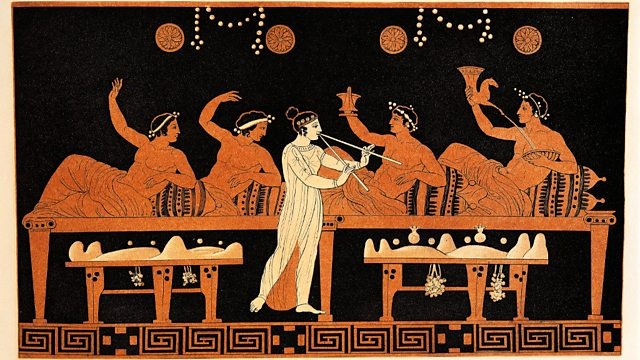 photo source: BBC
photo source: BBC
The Symposium is a philosophical dialogue written by Plato in the 4th century BC. It is a work that explores the nature of love and desire, as well as the relationship between beauty and truth. The Symposium takes the form of a series of speeches delivered by a group of men at a drinking party, with each speaker offering their own perspective on the nature of love.
At the heart of the Symposium is the idea that love is not simply a physical or emotional attraction but a means of seeking out beauty and truth. The various speakers at the party present different views on the nature of love, with some arguing that it is a purely physical desire while others see it as a means of attaining a higher level of knowledge and understanding.
Overall, The Symposium is a complex and thought-provoking work that explores the nature of love and desire in a way that continues to influence philosophers and thinkers to this day.
Did You Know?
The Symposium also explores the concept of Platonic love, which is a non-sexual love that seeks to transcend the physical and connect with the spiritual.
8. Medea
Age: 2450 years old
Author: Euripides
Country of Origin: Greece
Genre: Tragedy
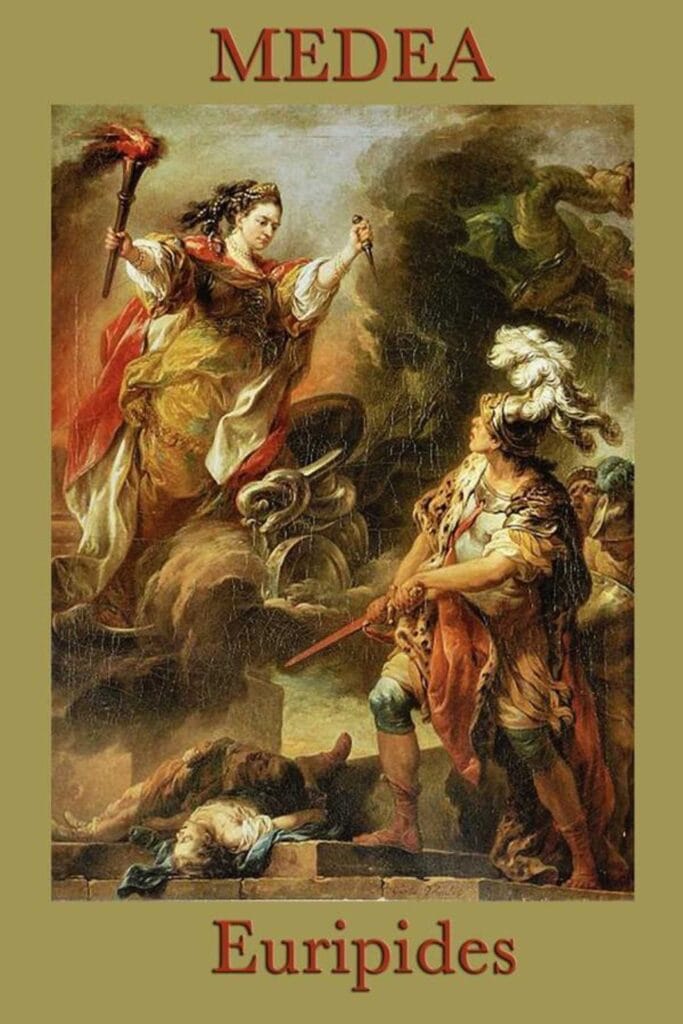 photo source: Simon & Schuster
photo source: Simon & Schuster
Medea is a Greek tragedy written by Euripides. It tells the story of Medea, a sorceress from Colchis who has helped Jason, a Greek hero, to obtain the Golden Fleece. However, when Jason leaves Medea to marry the daughter of the King of Corinth, Medea seeks revenge by killing their children and the King and his daughter. At its core, Medea is a play about revenge and the consequences of betrayal. Medea is a complex and powerful character who is driven by her emotions and a desire for justice.
She is also a symbol of the outsider, a foreign woman in a patriarchal society who is struggling to assert her own power and identity. The play is notable for its portrayal of Medea as a strong and independent woman who is capable of great acts of violence and cruelty. It is also known for its themes of betrayal, vengeance, and the corrupting nature of power.
Did You Know?
It is considered one of the greatest works of Greek tragedy and has been praised for its psychological complexity and dramatic intensity.
7. The Odyssey
Age: Around 2700 years old
Author: Homer
Country of Origin: Greece
Genre: Epic
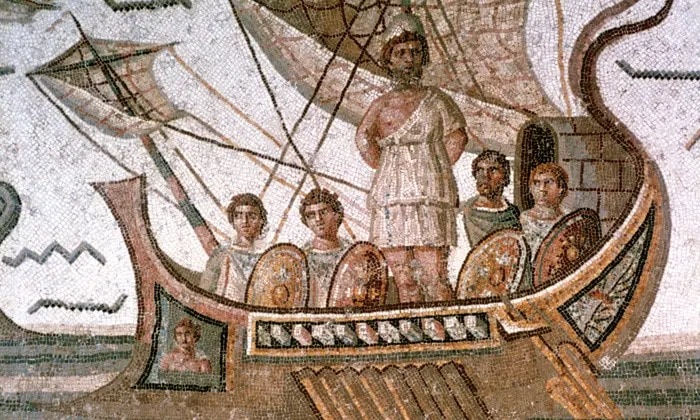 photo source: The Guardian
photo source: The Guardian
The Odyssey is an epic poem written by the Greek poet Homer around 2700 years ago. It tells the story of Odysseus, a legendary hero of the Trojan War, and his ten-year journey home to Ithaca after the war’s end. The poem is divided into 24 books and covers a wide range of themes, including the power of cunning and intelligence, the nature of hospitality, and the importance of loyalty and perseverance.
The Odyssey is notable for its complex characters, intricate plot, and vivid descriptions of the ancient Greek world. It also features many iconic scenes and characters, such as the cyclops Polyphemus, the sorceress Circe, and the temptress Calypso. The poem has had a profound influence on Western literature and culture, with its themes and characters appearing in countless works of art and literature over the centuries.
Did You Know?
It is also considered a foundational work of Western literature, along with Homer’s other epic poem, the Iliad.
6. The Vedas
Age: 3500-3200 years old
Author: Vyasa
Country of Origin: India
Genre: Ṛg Veda, the Yajur Veda, the Sāma Veda and the Atharva Veda
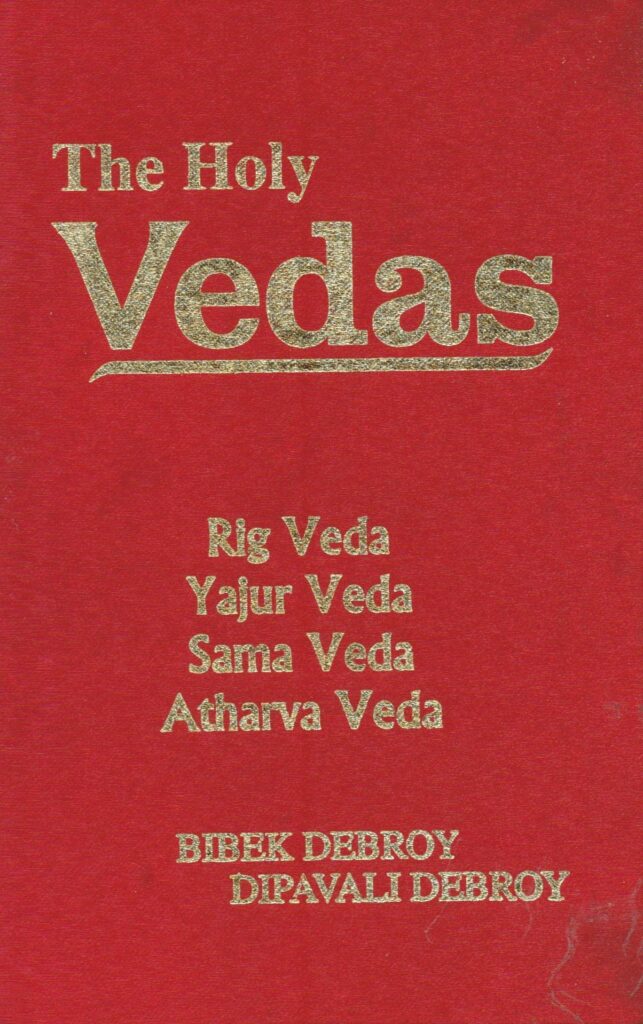 photo source: Amazon UK
photo source: Amazon UK
The Vedas are a collection of ancient Hindu texts that are believed to be between 3500 and 3200 years old. They were written in the ancient language of Sanskrit and are considered some of the oldest and most sacred texts in Hinduism. The Vedas are believed to have been composed by the sage Vyasa and are divided into four main parts: the Ṛg Veda, the Yajur Veda, the Sāma Veda, and the Atharva Veda.
The Vedas cover a wide range of topics, including philosophy, theology, spirituality, and ritual practices. They also contain hymns, prayers, and mantras that are still recited and chanted by Hindu priests today. The Vedas have had a profound influence on Indian culture and religion, and their teachings continue to be studied and practiced by millions of Hindus around the world.
Did You Know?
They have also been translated and studied by scholars from a wide range of disciplines, including philosophy, religion, and linguistics.
5. The Book of the Dead
Age: 3500 years old
Author: Karl Richard Lepsius
Country of Origin: Egyptian
Genre: Egyptian funerary text
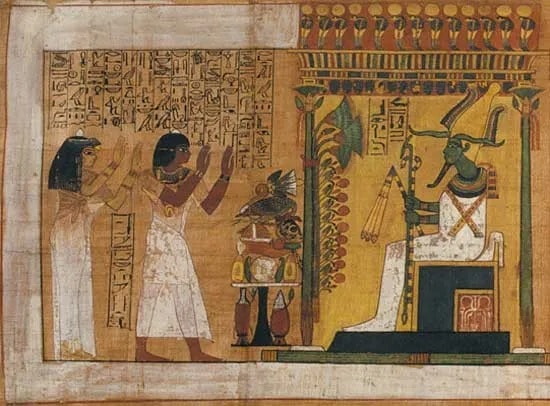 photo source: Encylopedia Britannica
photo source: Encylopedia Britannica
The Book of the Dead is an ancient Egyptian funerary text that is believed to be around 3500 years old. It was compiled by scribes and priests during the New Kingdom period of ancient Egyptian history and was designed to guide the deceased through the afterlife. The Book of the Dead was written on papyrus scrolls and placed in the tombs of the deceased alongside their mummified remains.
The text consists of a collection of spells, hymns, and instructions that were believed to be necessary for the deceased to navigate the underworld and reach the afterlife successfully. The spells and instructions in the Book of the Dead cover a wide range of topics, including the judgment of the deceased, the dangers of the afterlife, and the proper rituals and offerings that should be made to the gods.
Did You Know?
The Book of the Dead is one of the most important and well-known ancient Egyptian texts, and it has been studied and translated by scholars for centuries.
4. Hammurabi’s Code
Age: 3700 years old
Author: Hammurabi
Country of Origin: Iraq (Babylon)
Genre: Legal codes
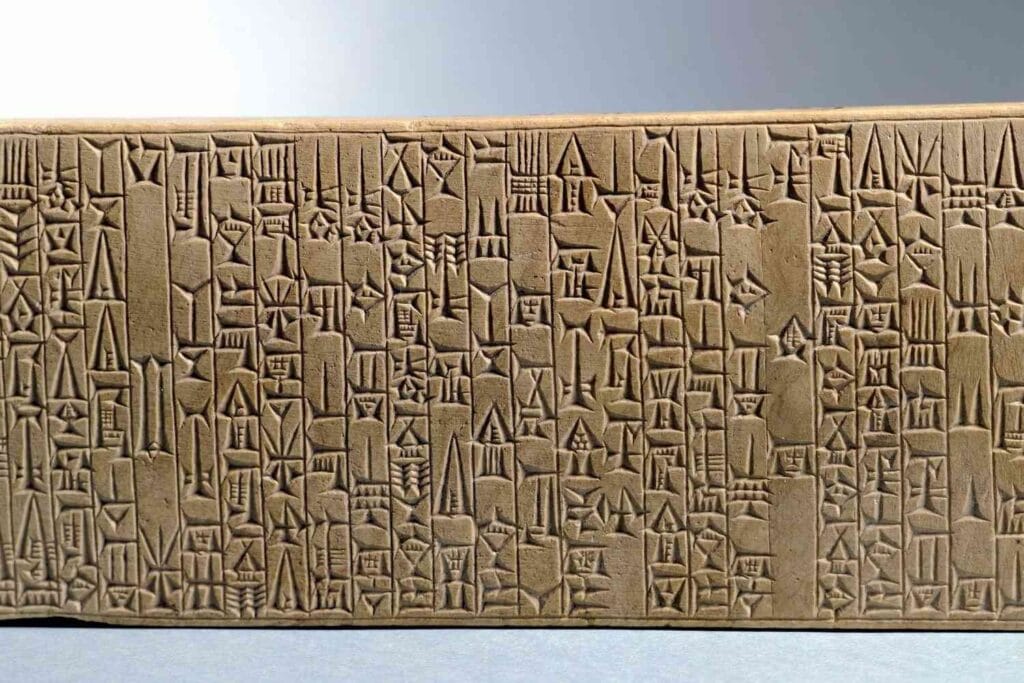 photo source: ThoughtCo
photo source: ThoughtCo
Hammurabi’s Code is a legal code that is believed to be around 3700 years old. It was written by the Babylonian king Hammurabi and was one of the earliest sets of written laws in human history. The code was inscribed on a stone stele and placed in a public location in the city of Babylon so that all citizens could read and understand its contents. Hammurabi’s Code consisted of 282 laws that covered a wide range of topics, including family law, property law, and criminal law.
The laws were designed to be fair and just, and they were enforced by judges who were appointed by the king. Hammurabi’s Code was a significant achievement in the development of law and justice in ancient Mesopotamia and has had a lasting impact on the legal systems of many cultures around the world.
Did You Know?
It is also a valuable historical document that provides insights into the social, economic, and political conditions of ancient Babylon.
3. The Book of Job
Age: Around 2500 to 4000 years old
Author: Unknown
Country of Origin: Outside Israel
Genre: Religious text
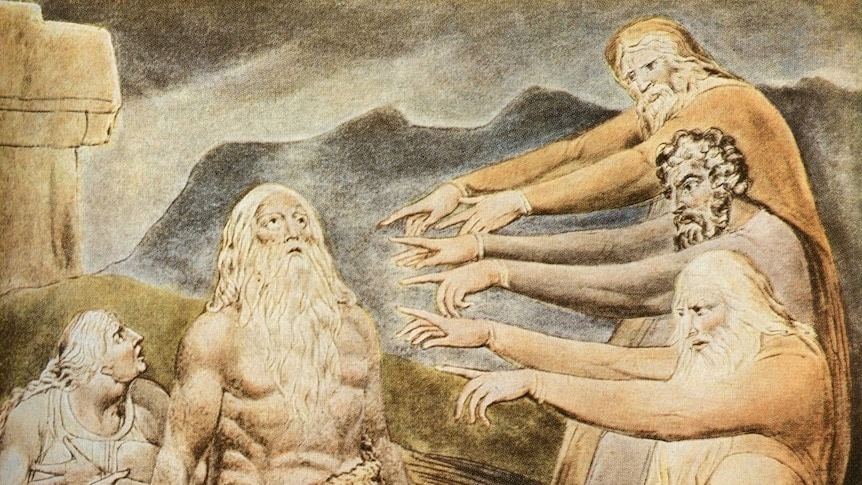 photo source: ABC
photo source: ABC
The Book of Job is a religious text that is believed to be between 2500 to 4000 years old. The author of the book is unknown, and it is thought to have been written outside of Israel. The Book of Job is a part of the Hebrew Bible and is considered one of the most important works of religious literature in the world.
The Book of Job tells the story of a man named Job, who is a wealthy and righteous person. He is put to the test by God, who allows Satan to take away Job’s wealth, family, and health. Despite his suffering, Job maintains his faith in God and ultimately regains his blessings. The Book of Job is a powerful exploration of the nature of suffering, the role of God in human life, and the relationship between faith and adversity.
Did You Know?
It has been studied and interpreted by scholars, theologians, and philosophers for centuries and has had a profound influence on religious and philosophical thought.
2. The Tale of the Shipwrecked Sailor
Age: Nearly 4000 years old
Author: Unknown
Country of Origin: Egypt
Genre: Theme of redemption
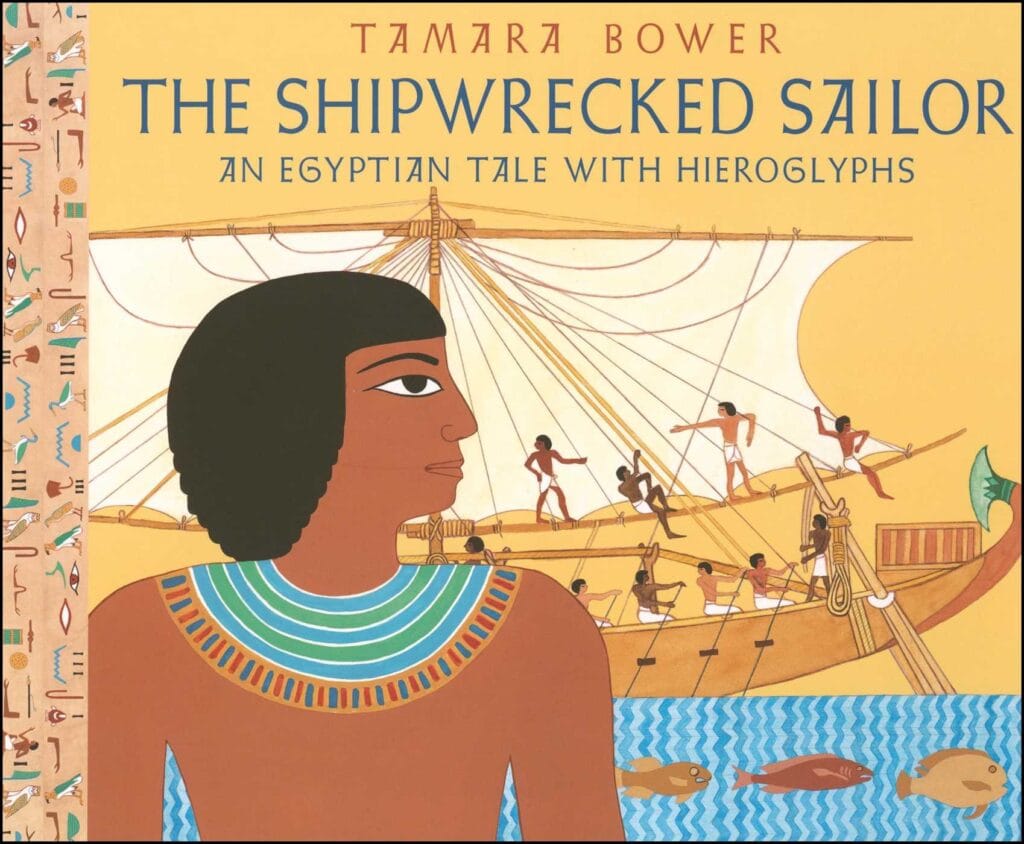 photo source: Simon & Schuster
photo source: Simon & Schuster
The Tale of the Shipwrecked Sailor is an ancient Egyptian story that is believed to be nearly 4000 years old. The author of the story is unknown, but it is thought to have originated in Egypt during the Middle Kingdom period of Egyptian history. The story tells the tale of a sailor who is shipwrecked on a desert island. While on the island, he meets a divine creature who gives him advice on how to return safely to his homeland.
The story is a powerful exploration of the theme of redemption, as the sailor is able to overcome his misfortunes and return home through his own efforts and the guidance of the divine. The Tale of the Shipwrecked Sailor is a valuable example of ancient Egyptian storytelling and provides insights into the beliefs, values, and cultural practices of ancient Egyptian society. It is also a testament to the enduring power of storytelling as a means of conveying moral and ethical lessons across time and cultures.
Did You Know?
The story was originally written on a papyrus scroll and was discovered in the Ramesseum, a temple complex in Egypt.
1. The Epic of Gilgamesh
Age: Around 4000 years old
Author: Sîn-lēqi-unninni
Country of Origin: Mesopotamia (Modern-day Iraq, Kuwait, Turkey, and Syria)
Genre: Epic poetry
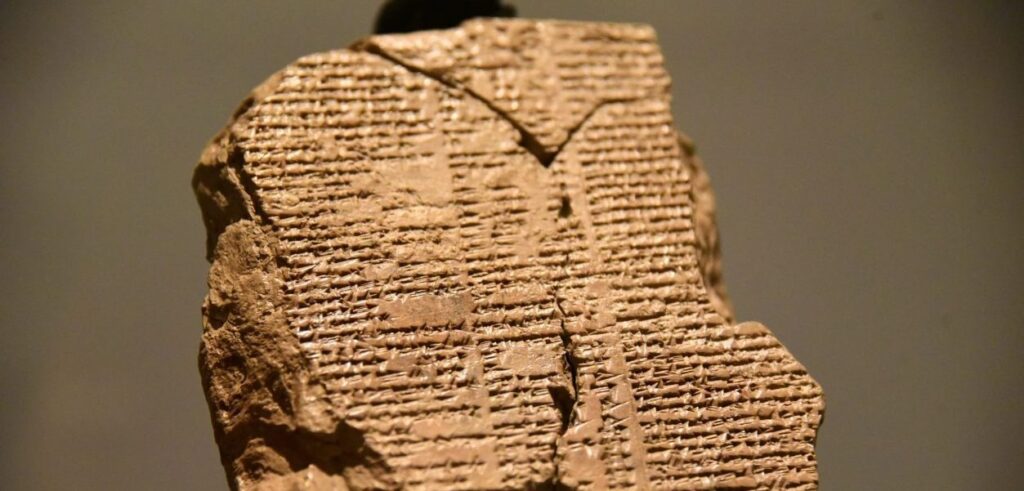 photo source: Yale University Press
photo source: Yale University Press
The Epic of Gilgamesh is widely regarded as the oldest known piece of literature in the world. It is estimated to be around 4000 years old and was written in ancient Mesopotamia, which encompassed parts of modern-day Iraq, Kuwait, Turkey, and Syria. The author of the epic is believed to be Sîn-lēqi-unninni, an Akkadian-speaking scribe who lived in Mesopotamia in the 13th century BCE.
The Epic of Gilgamesh is an epic poem that tells the story of the legendary King Gilgamesh and his adventures. The poem is divided into 12 tablets and covers a range of themes, including the nature of friendship, the search for immortality, and the relationship between gods and mortals. The epic also features a number of supernatural elements, including gods and goddesses, monsters, and magical objects.
The Epic of Gilgamesh is considered a masterpiece of ancient literature and has had a significant influence on later works of literature, including the Bible and the works of Homer. It is also an important historical document that provides insights into the culture, beliefs, and values of ancient Mesopotamian society.
Did You Know?
It is also notable for its use of poetic devices such as imagery, metaphor, and repetition.











